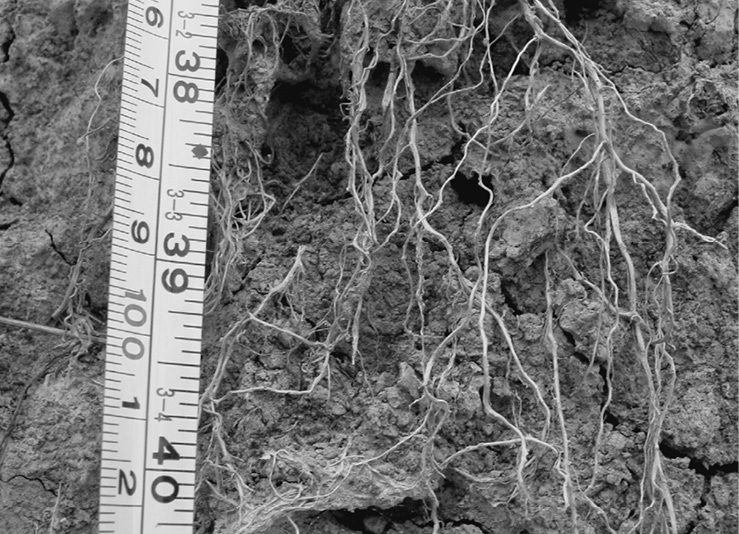No-Till Farmer
Get full access NOW to the most comprehensive, powerful and easy-to-use online resource for no-tillage practices. Just one good idea will pay for your subscription hundreds of times over.

Name: Michael D. Plumer
Title: Extension Educator Natural Resources
Location: University of Illinois Carbondale Center, Carbondale, Ill.
Number Of Years No-Tilling: 27
Acres: Farms 150 acres; advises farmers in 30 counties; manages 20 acres of university test plots
No-Tilled Crops: Corn, Soybeans, Soft Red Winter Wheat, Alfalfa, Cover Crops (annual ryegrass, hairy vetch, crimson clover, red clover)
During the past three decades, I’ve had the opportunity to evaluate no-till agriculture in southern Illinois from three perspectives:
During those same years, our farmers have steadily increased their no-till acres. Some, for various reasons, didn’t stick with no-till. But many others did, and today they are reaping the benefits of their determination. Currently, nearly three-fourths of soybean acres in this area are no-till, while corn acres are at about 30 percent.
Many of our doublecrop farmers jumped on the no-till bandwagon because it let them combine wheat and plant soybeans on the same day. And it didn’t take us long to see the payoff.
We were running a lot of 12- to 15-bushel-per-acre soybean yields in the early 1980s where we tilled wheat stubble before planting soybeans. But on no-till plots, I harvested 25 to 30 bushels per acre and farmer fields…